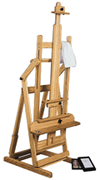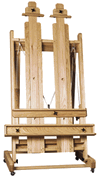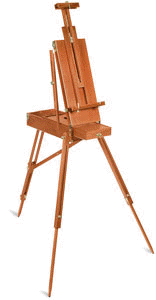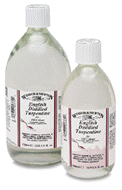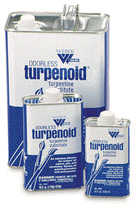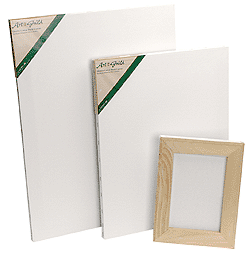
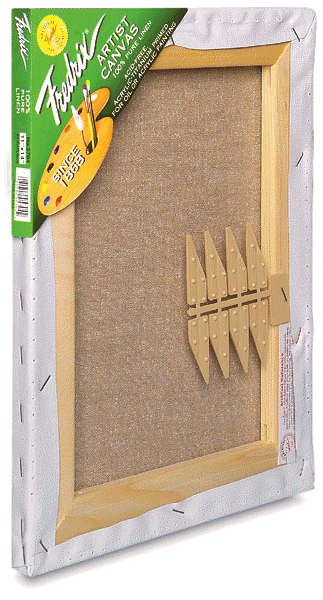
A painting ca be started over a white surface, or over a "toned" or "colored ground." To tone a canvas or board, you simply take an earth or neutral color (oil or acrylic), dilute it with turpentine or similar solvent, and apply it in a thin layer over the primed surface. The result is a neutral color that resembles the semitones of the finished painting. We highly recommend toning your painting surfaces for two primary reasons: first, it is easier to obtain a color balance of the finished painting; and secondly, you avoid those distracting small white areas that were not covered with paint. These white "bugs" are particularly noticeable on dark areas.




